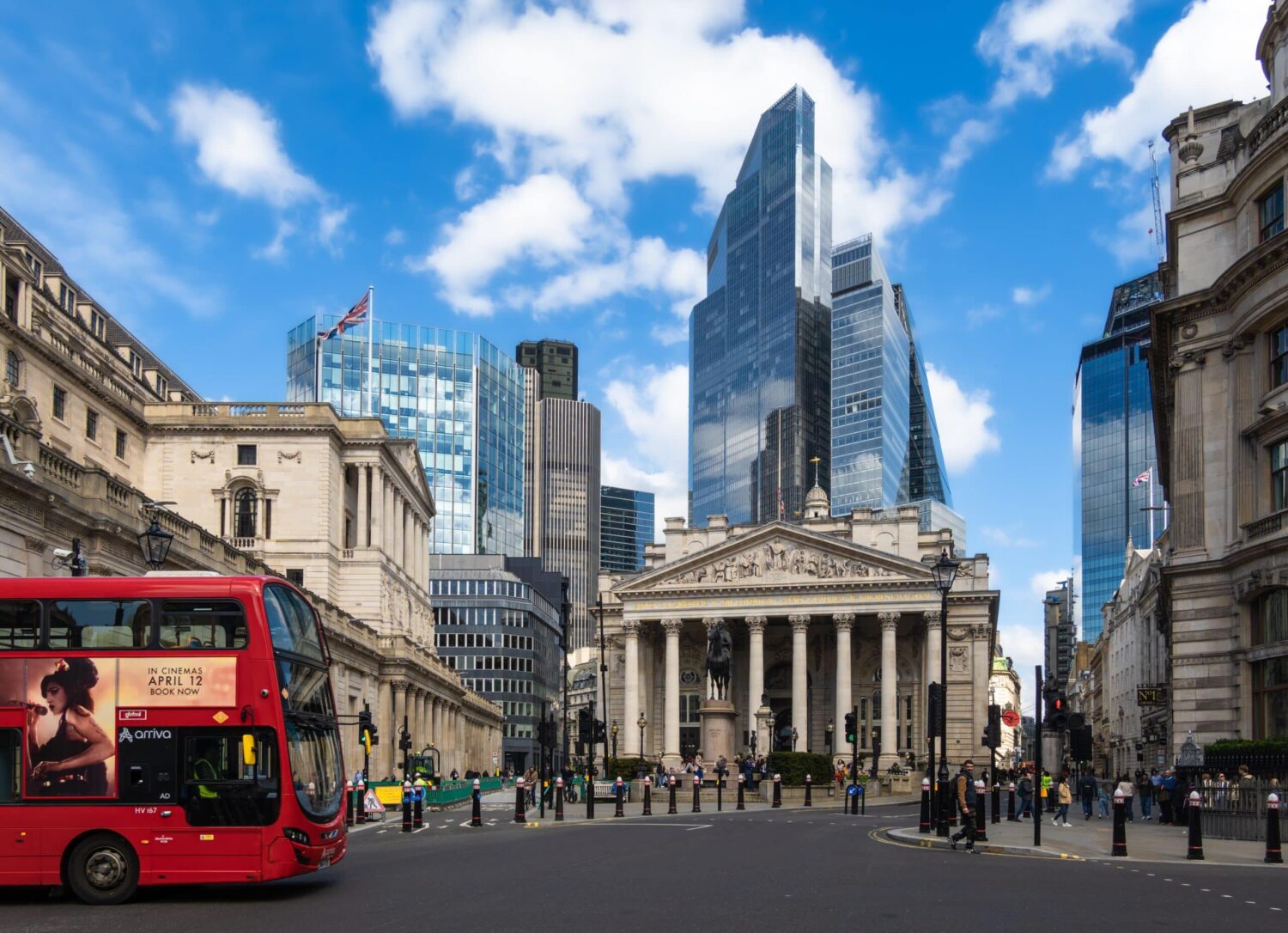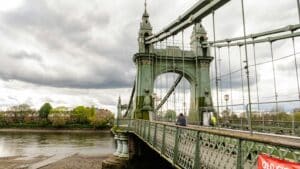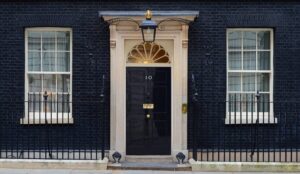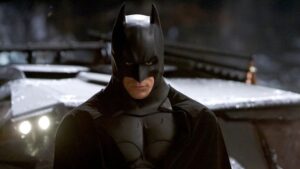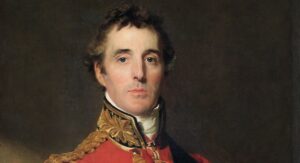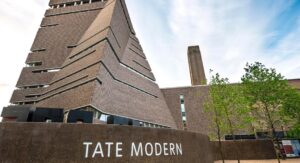Amongst the skyscrapers of the City of London nestles one of the most historic commercial buildings in the world.
Out of bounds
London Calling generally draws a line, and that line is the M25 orbital motorway that surrounds London. Anything inside that ring can be included in the column; anything outside is generally a no-go area!
This month though, we are varying the rules a little to talk about a proposal for the motorway itself. The exponential growth of London and its population in the last 50 years has rendered the hope of easing congestion in and around the capital a bad joke, certainly for anyone who needs to use it on a regular basis.
The motorway has had additional lanes added and seen the introduction of so-called smart motorway regulations, which, in essence, allow vehicles to drive on the hard shoulder. This latter provision has been labelled a cheap and dangerous way to expand motorways at the costs of lives lost when vehicles become stranded with nowhere to go.
Endless safety regulations see large sections of the motorway clogged with traffic as huge sections are coned off with seemingly very little work being done, much to the frustration of commuters and road users generally.
At the time of writing, this is exactly what is happening on both the northern and southern sections of the road, simultaneously causing huge delays, whichever way drivers try to navigate around London.
The other bottleneck is the Dartford Crossing, which is an integral part of the peripheral motorway. Originally, there was a single tunnel, then two, then a bridge as well. Breakdowns and other incidents and endless closures lead to huge delays, inconvenience and disrupted lives.
The crossing has a toll (currently £2.50, €3 for cars), which is enforced rigorously, and there have been many false promises of removing this charge. As it raises £209 million (€250 million) each year, this is unlikely to appeal to a cash-strapped administration.
However, the new UK government has given some hope for the future by giving the green light to a new tunnel underneath the Thames a few miles further East. This will enable the heavy traffic heading to and from the Channel ports to avoid the current jams and delays.
Chancellor of the Exchequer, Rachel Reeves, has confirmed the government’s support for what will become the UK’s longest road tunnel at 2.6 miles (4.2km). The tunnel will connect East Tilbury in Essex with Chalk in Kent. This will cost a staggering £9 billion (€10.8 billion).
Clearly, a huge infrastructure project like this will take time and see delays and unforeseen issues, but there is, perhaps at last, light at the end of the tunnel!
A right Royal Exchange
Amongst the skyscrapers of the City of London nestles one of the most historic commercial buildings in the world.
The Royal Exchange dates from the 16th century and is located just across the road from the Bank of England, where the UK government still stores its gold.
Queen Elizabeth I laid the original foundation stone on a site that was provided by the City of London Corporation to the worshipful Company of Mercers – an organisation which still retains the freehold.
This neoclassical temple to commerce has existed in its current state since the 1840s and was occupied by the Lloyd’s insurance market for nearly 150 years. Prior to this, it was originally a marketplace for goods only, as stockbrokers were not allowed due to their bad manners! It was opened by Queen Victoria on October 28, 1844, and trading started from January 1, 1845.
Voltaire famously commented on the Royal Exchange in Letters to the English (1733): “The representatives of all nations meet for the benefit of mankind. There the Jew, the Mahometan (Muslim), and the Christian transact together, as though they all professed the same religion, and give the name of infidel to none but bankrupts.”
There is a clock tower on the northeastern corner of the building and, curiously, on top of this is a huge golden grasshopper which serves as a weathervane. This comes from the crest of Exchange founder, Sir Thomas Gresham. According to legend, a grasshopper’s chirps once led to the discovery of a foundling, who became the first of the house of Gresham and the ancestor of Sir Thomas!
Probably the most famous statue is that of Arthur Wellesley, Duke of Wellington, on horseback in the courtyard at the front of the magnificent edifice. The statue was made from recycled French canons captured during the Napoleonic wars. It was unveiled on June 18, 1844, the anniversary of the Battle of Waterloo in the presence of the King of Saxony.
These days it is a fantastic place to shop with high-end jewellers and top fashion brands. Fortnum and Mason have a retail outlet and run a beautiful restaurant in the courtyard with further high-class eateries in the galleries above the main floor. Entry is free and it really is a small oasis in the bustling city.
All the time in the world
London is one of the most fascinating cities in the world. Amazingly, it only ranks as 38th in terms of size, but it has perhaps the best preserved and most diverse history of all.
However, the most incredible thing about London is that there is always something new to discover. This can range from museums to parks, shops to markets or just odd, quirky little things that go unnoticed.
Piccadilly Circus tube station is a wonder of Victorian ingenuity in itself (as, in fact, is the entire tube network beneath the streets of the capital). However, in the entrance hall, opposite the statue of Frank Pick (one of the driving forces behind development of the tube) and buried in the wall is The World Time Linear Clock. It was installed in the 1920s and designed and created as part of an architectural collaboration between Charles Holden and John Mowlem & Company.
The clock shows a map of the world with the time displayed on a westward-scrolling time zone showing Roman numerals. It moves along at the same exact speed as the Earth rotates around the equator and displays both Greenwich Mean Time and British Summer Time.
Cities that were particularly important to international travellers in those days light up, including London, Cape Town, Sydney, New York, Victoria and Buenos Aires.
A hidden, historical gem and worthy of a pause when passing through this busy station.

